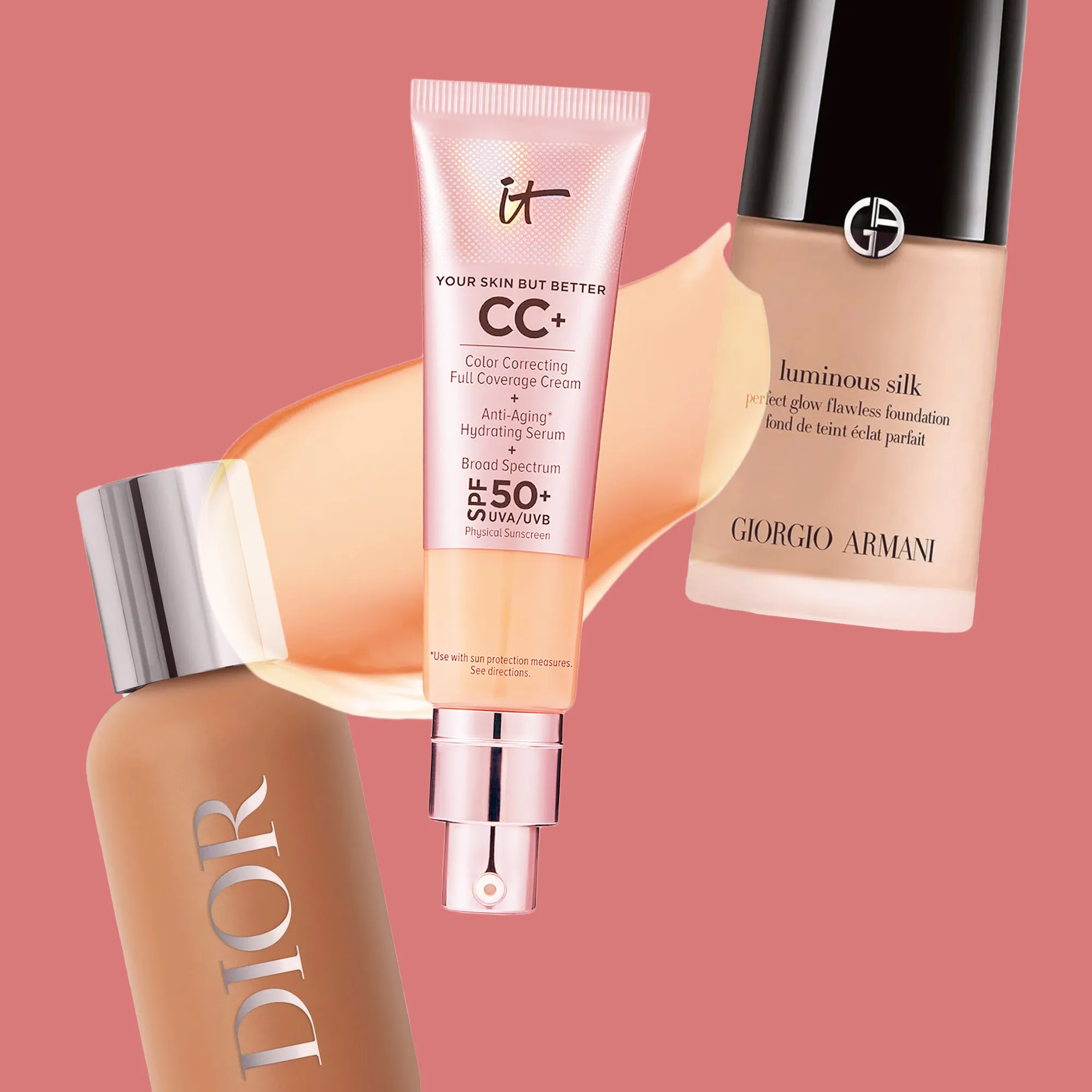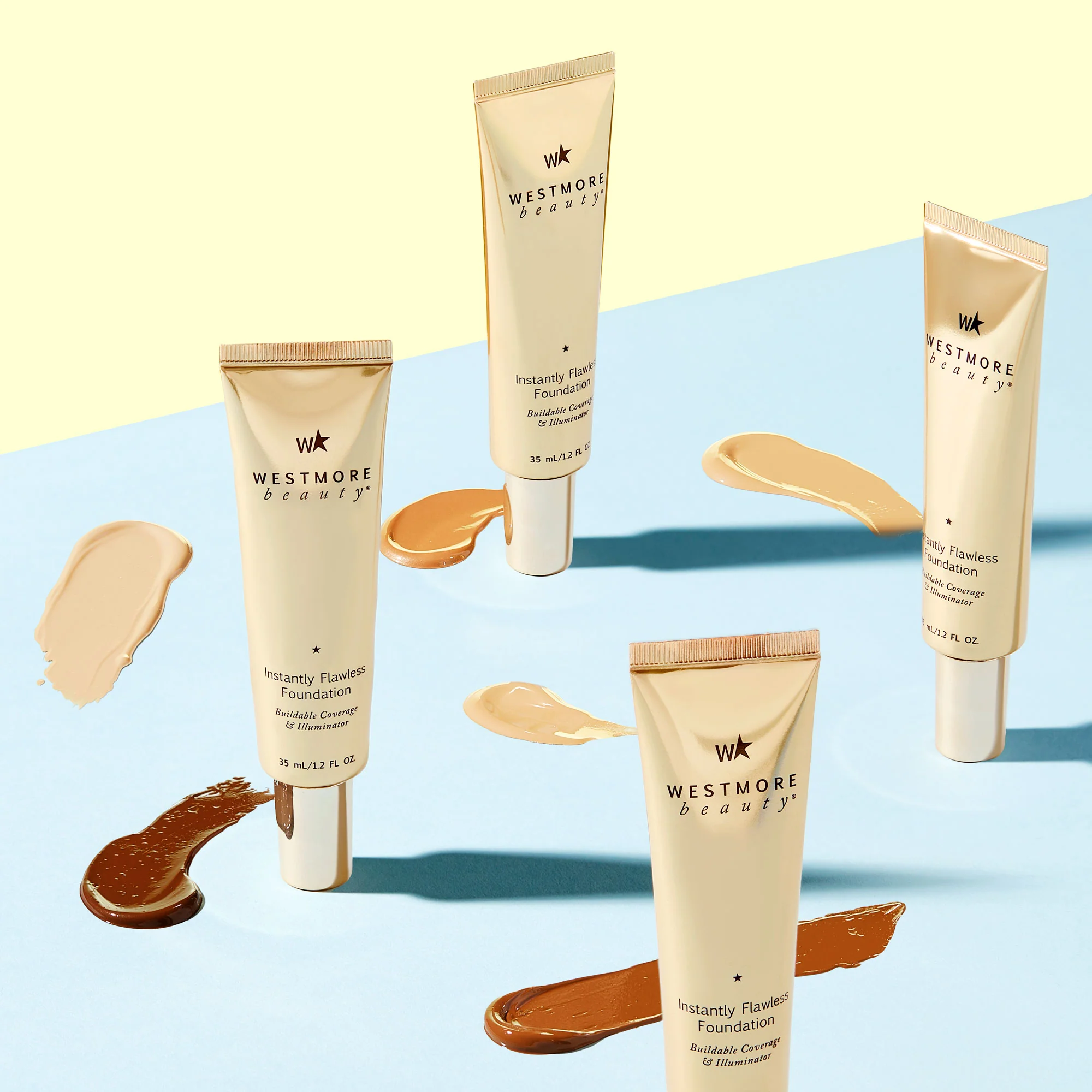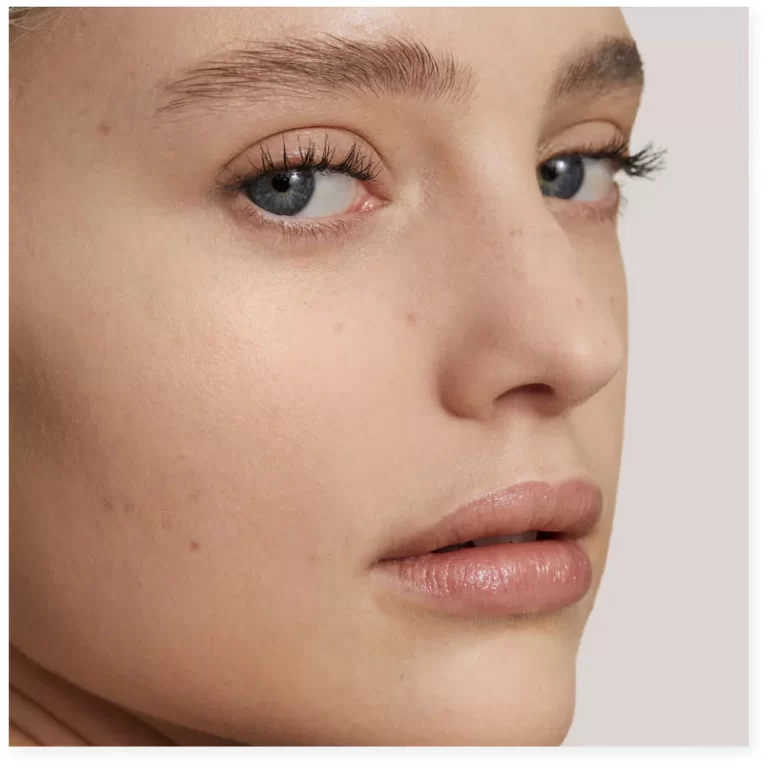
Achieving Flawless Foundation: Smooth Application Tips
Essential Pre-Foundation Skin Prep
Before we talk about how to make foundation look smooth, skin prep is crucial. A flawless foundation starts with well-prepared skin. Think of your skin as a canvas. Just as a painter preps a canvas, you should prep your skin. By doing so, you ensure the foundation glides on seamlessly.
Choosing the Right Moisturizer
The first step in pre-foundation skin prep is moisturizing. A good moisturizer serves as a base. It hydrates the skin, preventing the foundation from clinging to dry areas. Look for one that suits your skin type. For oily skin, go for a light, oil-free moisturizer. Dry skin benefits from heavier, cream-based moisturizers. Ensure your moisturizer absorbs fully before applying primer.
The Importance of Primer
Next, let’s talk about primer, a product that often goes unnoticed. Primer can make or break how to make foundation look smooth. It fills in pores, smooths fine lines, and creates an even texture. It also helps your foundation to stay put. Apply a thin, even layer of primer over your moisturizer. Give it a moment to set. This step will make a significant difference in the appearance of your foundation.

Selecting the Perfect Foundation Match
Choosing the right foundation is key in learning how to make foundation look smooth. The perfect match goes beyond just picking the right shade; it involves understanding your skin’s undertones and testing various shades to ensure a seamless blend with your natural skin tone.
Understanding Undertones
Undertones are the subtle, underlying colors of your skin. They can be cool, warm, or neutral. Cool undertones lean towards pink or blue hues, while warm undertones have a yellow or golden tint. Neutral undertones are a balance between the two. Identifying your undertone helps in selecting a foundation that complements your natural skin color, leading to a smooth, flawless look.
Testing Shades Properly
It’s crucial to test foundation shades in natural light for an accurate match. Apply a small stripe of foundation along your jawline, blending slightly. The right shade will disappear into your skin without leaving harsh lines. Test multiple shades, and don’t rush. The extra time spent finding the perfect match pays off by making your foundation application look smooth and natural.

Tools of the Trade
Choosing the right tools is vital in figuring out how to make foundation look smooth. Each tool, whether a brush, sponge, or even fingers, offers a unique application benefit. Your choice depends on the type of foundation used and the desired finish.
Brushes vs. Sponges vs. Fingers
Brushes: Brushes provide precision. They are perfect for buffing foundation into the skin for an airbrushed finish. Look for brushes with densely packed bristles. Use circular motions for best results.
Sponges: Sponges are great for a dewy finish. They absorb excess product, which helps to prevent cakey makeup. Dampen the sponge for a smoother application. Bounce it gently on the skin.
Fingers: Using fingers can be very effective, especially for blending liquid foundation. The warmth of your hands helps melt the foundation into the skin. However, make sure your hands are clean to avoid transferring oils or dirt.
Each method changes how the foundation blends into your skin and achieves different levels of coverage. Experiment to find which suits your skin type and foundation formula best.
Technique Matters: Application Methods
Mastering the technique is essential for a smooth foundation. Let’s dive into two methods that can enhance your foundation’s finish.
Stippling for Airbrushed Finish
Stippling is a pro technique for an airbrushed look. Use a stippling brush with light, dabbing motions. This distributes the foundation evenly. It creates a flawless cover without heavy layers. Focus on problem areas for extra coverage. Remember, light touches are key to prevent cakey makeup.
Blending Outward for Natural Look
For a natural finish, blend foundation outward from the center of the face. Use smooth strokes. This avoids noticeable makeup lines around your face’s edges. Start from the nose and move towards the hairline. Be gentle under the eyes. This method ensures a cohesive blend with your skin. It helps in making the foundation look smooth and undetectable.

Dealing with Skin Texture Issues
Dealing with skin texture is key in learning how to make foundation look smooth. Uneven texture can disrupt the foundation, causing it to look patchy or accentuate unwanted details. Let’s talk about common issues like dry patches, pores, and fine lines and how to manage them.
Addressing Dry Patches
Dry patches are a common hurdle in achieving smooth foundation. To tackle this, exfoliate your skin regularly to remove dead skin cells. This process helps to even out the skin’s surface. After exfoliation, apply a hydrating serum or a heavier moisturizer to dry areas. Wait for it to absorb before applying your foundation. This ensures that your makeup won’t cling to these patches.
Minimizing Pores and Fine Lines
Large pores and fine lines often become more visible under foundation. To minimize this effect, use a pore-refining primer. It will fill in these areas, giving you a smoother canvas. When applying foundation over fine lines, use a light hand. Layering too much product can make lines stand out. Opt for a foundation with light-reflecting properties. This can blur imperfections and contribute to a youthful, polished look.
Setting Your Foundation
After achieving a seamless foundation application, the final step is setting your foundation. This crucial stage ensures that your makeup stays in place, retains its smoothness, and resists environmental factors throughout the day.
Powders and Setting Sprays
Setting powders are essential for a matte finish. Choose a translucent powder for an invisible seal over your foundation. Apply lightly with a fluffy brush, focusing on the T-zone to combat shine. For dry skin, be sparing; you don’t want to emphasize dryness.
Setting sprays offer a long-lasting solution and work for all skin types. They help to meld makeup layers together, creating a smooth, cohesive look. Hold the bottle at arm’s length and mist over your face. It locks your look and refreshes your makeup.
Both powders and sprays can help in how to make foundation look smooth and extend its wear. Alternate between them, or use both for optimal results. Remember to match the product with your skin’s needs and the climatic conditions you’ll face.
Touch-Ups and Longevity
Even with perfect application, foundation can require touch-ups to maintain a flawless look throughout the day.
Quick Fixes for Foundation Mishaps
Sometimes, despite our best efforts, foundation mishaps occur. Here’s how to rectify them quickly:
- Blotting Excessive Oil: Use oil-absorbing sheets to blot away shine without disrupting your makeup.
- Smudges or Streaks: Smooth out smudges or streaks with a damp makeup sponge. Dab gently until the makeup looks even.
- Cakey Appearance: To fix a cakey look, lightly spritz your face with a setting spray, then pat with a beauty sponge.
These fixes help keep your foundation looking smooth and fresh.
Ensuring All-Day Wear
To ensure your foundation lasts all day, follow these tips:
- Prime Your Skin: Always use a primer to create an ideal base for your foundation. This helps extend wear.
- Layer Wisely: Apply foundation in thin layers. This prevents cakey build-up and helps makeup last longer.
- Set Strategically: Use a setting powder or spray to lock in your foundation. Focus on oily areas if you have combination skin.
- Refresh if Needed: For long days, a midday touch-up might be necessary. Use minimal product and blend seamlessly.
By using these strategies, your foundation can withstand long hours and still look impeccable.

Conclusion
In conclusion, achieving a smooth foundation finish is essential for a flawless look that enhances your natural beauty. By employing the right techniques and products, you can create a canvas that not only enhances your makeup application but also boosts your confidence.
Firstly, it’s crucial to start with a clean, moisturized face. This sets the foundation for the makeup to adhere properly, ensuring a smooth application. Additionally, using a primer tailored to your skin type can significantly improve the texture of your foundation. Whether your skin is oily, dry, or combination, there’s a primer out there that can help even out any imperfections.
Moreover, selecting the right foundation is equally important. Instead of opting for a full-coverage formula that can often look cakey, consider using a lighter foundation or a tinted moisturizer. These products allow for buildable coverage while maintaining a natural look. Applying foundation with a damp makeup sponge or a brush can also make a world of difference. Use gentle, rolling motions to blend the product into your skin, which will enhance that smooth finish.
Furthermore, don’t underestimate the power of setting products. A light dusting of translucent powder or a setting spray can lock everything in place, preventing the foundation from settling into fine lines or pores throughout the day.
Lastly, remember that practice makes perfect. Experiment with different techniques and products to discover what works best for your skin type and personal style. With patience and perseverance, you’ll soon master the art of achieving flawless, smooth foundation that lasts all day. So, go ahead and embrace your beauty journey with confidence; your skin deserves it!

